Do you have some space left in your cannabis garden? Basil is a useful companion plant that can help your weed plants in all sorts of ways. This also applies to mint plants. These herb plants keep parasites out of your cannabis garden. It is a natural tool to keep your crop healthy. So, read on and find out everything about the cannabis companion plants basil and mint.
Why grow basil and mint in your weed garden as companion plants?
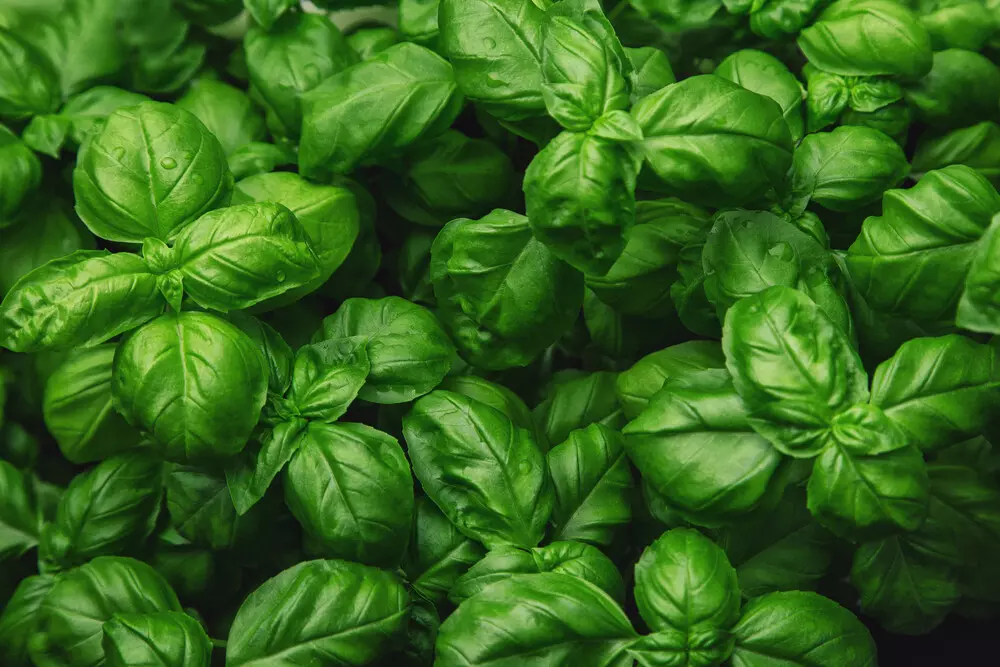
If you put companion plants in your marijuana garden, make sure the plants are close together. That way they can help each other. But they should not be too close to each other. If they have to fight for space, nutrients air and sunlight, none of them will thrive. Instead of wasting energy in the battle for oxygen, nutrients, and sunlight, plants need energy for their development.
Basil is not only a great companion plant for weed. But many other plants also benefit from the help of basil, such as beetroot, tomatoes and pepper plants.
A basil plant won’t steal light and nutrients from a fully-grown marijuana plant. In that sense, they do not interfere with each other. Some growers claim that basil changes the taste of the nearby plant. This change in taste would apply to vegetables, but also to cannabis plants.
Whether it is a rumor or not, the fact remains that basil offers various benefits as a companion plant. There are few reasons why you should not plant a basil plant between your weed plants.
Basil is a plant that thrives in sunny places, in moist soil. These annual plants require approximately 8 hours of sunlight per day. Too warm is not good for the plant. A maximum day temperature of 20 degrees Celsius is the best. And at night it should not be colder than 8 degrees, otherwise damage to the plant may occur.
If you plant basil as a companion plant, keep a distance of about 30 cm to other plants. This gives all plants the space to continue to develop well.
Just like with a weed plant you can top a basil plant. This creates more side branches, and causes the plant not to grow that big, but rather wider. Harvest the leaves regularly so that new ones can grow. You can even freeze them, but fresh they are the tastiest, in a salad or Italian dish.
Read on to find out more about cannabis companion plants.
The benefits of companion plants
The basil plant fights off parasites. So, plants close to the basil plant benefit also from this ability. Many people love the smell and taste of basil very much, and use it in various (Italian) dishes. But aphids, flies and many other insects find basil smelly and disgusting. They therefore prefer to choose another plant to sit on.
The theory behind companion plants
The idea behind the use of companion plants is that plants work together. Different plants enter into partnerships to repel insects and lice and create a healthy environment in your garden. You have to see it this way, basil is actually a pesticide-free way to keep your garden free from all kinds of pests. There are more companion plants that also exclude insects, but basil is pre-eminently a plant you want to have in your cannabis garden.
Did you know that basil also extracts substances that offer all kinds of health benefits? Essential basil oil treats stomach complaints, respiratory problems and travel sickness. There are various aromatherapies based on basil. But you can also rub your skin with basil creams, and it is even available in capsules. And another thing that you probably didn’t know about basil: it is a very effective detergent too. Really! Baisl is used to clean bathrooms and kitchens. It cleanses air and prevents infections. You see, basil has many benefits, much more than most people know. Some people even add basil (oil) to toothpaste or mouthwash.
Different types of basil offer different benefits
A normal basil plant contains rich concentrations of estragol and linalool. But also cineool, myrcene and eugenol. These fabrics provide a blend of aroma which makes the herb a seasoning for many to prepare dishes.
Although it is a seasoning in the kitchen, it acts as a repellent for insects and lice. Do you know lemongrass and citronella? It works in the same way with that. It has been found that basil oil has antibacterial properties. But it is also anti-fungal and antioxidant.
The compositions of various essential basil oils vary. This is caused by the fact that every type of basil produces different terpenes and biochemical compounds. The compositions of these oils made from basil are therefore very different.
If you want to add flavor to recipes, basil is a very tasty herb to use. There are even dishes such as pesto that have Basil as their main ingredient. If the leaves are used fresh, they still have all the effective substances, such as antioxidants. And another tip: add the leaves to your dish just before consumption. Because if you cook basil, many aromatic compounds are lost. Only use fresh basil in the kitchen, and no essential basil oil. This oil is very concentrated and therefore not suitable for cooking. In the kitchen, only use the fresh leaves.
The most common type of basil is the sweet, Genovese strain. But everyone knows Thai basil too, which is often referred to as lemon basil. Basil is one of the most used and most popular kitchen herbs and is very easy to grow, the plant basically only needs water and sunlight. The compounds that give basil its pleasant aroma also provide therapeutic benefits in essential basil oils.
Buy weed seeds online from Amsterdam
Are you planning to grow your own weed plants? That’s great! So, if you are looking for the perfect cannabis strain to grow yourself, look no further. Everything you need to grow your own plants can be found at www.amsterdammarijuanaseedbank.com. There are more than 100 weed strains to choose from, so you’ll always find the stain of your dreams.
Whether you want regular, sativa, indica, autoflowering, hybrid or feminised seeds, AMSbank has them all in stock for you. And this is not a message from our marketing department, but it is simply a fact that you can buy the best quality marijuana seeds in Amsterdam. And let that be precisely the place where our seed bank is located!
All shipments are sent for free and in discreet packaging. AMSbank delivers to almost all countries in the world, so take a look today and buy the best seeds from the best supplier.
Read on as we tell you more about how you can protect your garden with the help of cannabis companion plants.
Mint as companion plant for weed
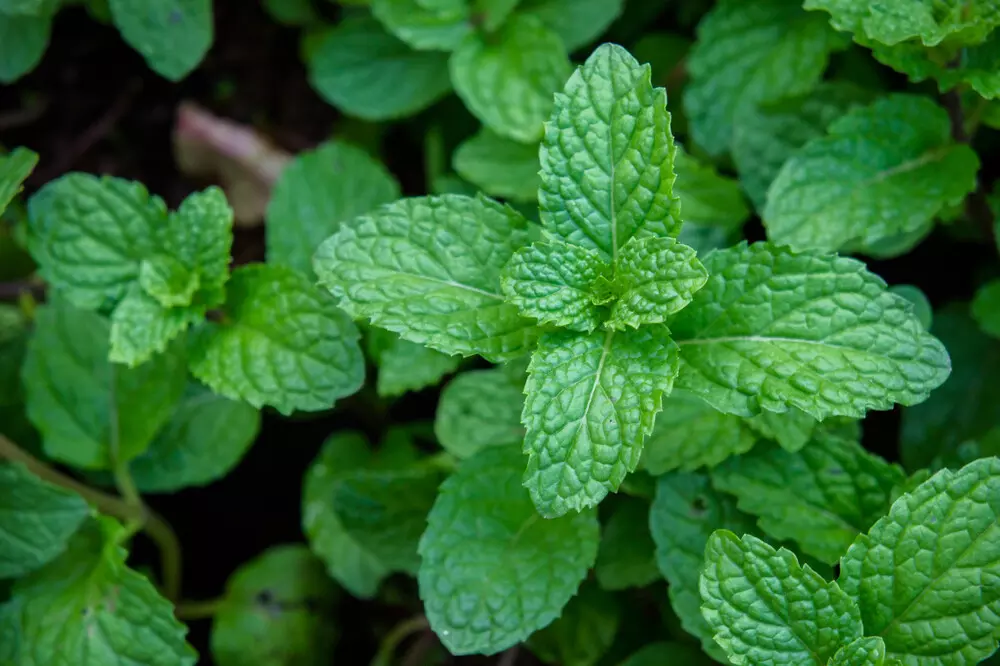
The use of a companion plant stems from the idea of permaculture. Permaculture is the concept that aims to ensure natural soil degradation, the production of organic products and the availability of sufficient nutrients. Permaculture is a broad way of looking at the cultivation of biologic products and everything related to that.
The use of mint as a cannabis companion plant fits perfectly within the concept of permaculture. A mint plant repels fleas, aphids and ants. But at the same time, it attracts very useful insects such as lady bugs and bees. So, it has an attraction on insects that benefit your cannabis garden, and it protects your weed plants against invaders.
Grow peppermint between your cannabis plants
Various plants in your garden ensure that your garden soil is enriched. Annoying critters are kept outside of your garden by strategically choosing certain cannabis companion plants. Mint is also perfect for making fresh mint-tea. A mint plant is therefore very welcome in your marijuana garden.
An additional advantage of mint is that – just like the basil plant – it is very easy to grow. Mint does not grow that high, at most a meter. It therefore doesn’t grow larger than adult weed plants. The mint will not put your cannabis plants in the shade.
Mint has been cultivated for many centuries. It is one of the oldest herbs used in the medical world and in the kitchen. Mint is very invasive and grows fast. So, keep in mind that it does not take too much space in your garden, and pushes your weed plants away. Also, underneath the ground, the roots of mint can take up a lot of space and absorb nutrients. So, if you decide to use mint as a cannabis companion plant, make sure it doesn’t overgrow your entire garden!
Mint contains menthol, a natural repellant
A mint plant contains terpenes, just like a weed plant does. Examples of terpenes which a mint plant contains are pinene, pulegone and limonene. In addition, mint also contains menthol, which is an effective, natural repellant against insects. And this is very interesting for plant growers. Threatening insects and lice do not like menthol that is spread through the resin glands on the mint plant.
You can always use your mint leaves for a mojito cocktail

Hey, and last but not least, mint leaves can be used in many delicious recipes, including the mojito! You can also enrich this popular cocktail with cannabis. A great summer drink that provides an extra buzz!
Repel insects with Cannabis Companion Plants
1. Lemon Balm
If you would like to repel insects in your cannabis farm, then thinking of Lemon Balm is undeniably a hit. While some farmers refer to this valuable as Melissa, the Lemon Balm has been known time and again for putting away gnats and mosquitoes in weed farms/any other farm.
Secondly, Lemon Balm has a fantastic aroma that tends to attract pollinators. What a fantastic, yet a natural way to have your regular cannabis flowers pollinated hassle-free! Importantly, please note that the Lemon Balm cannabis companion plant spreads fast; thus, the farmer should foster plucking it regularly.
2. Coriander
Perhaps you have used Coriander time and again as a spice for your delicacy. What you may not notice is that cannabis plants love coriander, too. How is that the case? Well, coriander acts as a deterrent to repel spider mites, aphids, and potato beetles. There are indeed little to no chances of finding such insects in your weed garden if you do generous spacing between a single marijuana plant and pieces of coriander plants.
Also, coriander helps attract hoverflies and tachinid flies. These two types of flies help in feeding on bugs that prey on cannabis plants and also prey on their larvae to inhibit their hatching.
3. Sunflower
The sunflowers harbor fibrous and woody attributes. This means that whenever there are pests in your beloved ganja strains, the woody and fibrous nature of these sunflowers helps in drawing sap and the pests’ cellulose after the bright sunflowers attract these nuisances.
Happy growing! What are your experiences with cannabis companion plants? Do you use them, and if so, which ones? Tell us in the comment section below.
Boost the growth of your ganja plants with cannabis companion plants
Understandably, this may come as a surprise to you. You may be wondering, “the more the plants I cultivate, the stiffer the competition; thus, poor cannabis growth.” However, let’s explain.
1. Yarrow
Yarrow helps in upping the production of essential oils in the neighboring plants.
2. Mexican Marigold
Mexican Marigold gets known since the ancient times for being a great companion plant. It stimulates proper growth and ends up releasing different chemicals that help in repelling insects that adversely affect the soils. Substantially, Marigold also enhances the same benefits over lots of years.
3. Chamomile
Chamomile is the real deal when it comes to enhancing the turgidity of its neighboring plants. This means that your cannabis plants or any other plant that gets planted along with Chamomile benefits from the same. It’s also helpful for enhancing the production of essential oils to the neighboring plants.
Improve soil quality with distinct cannabis companion plants
When planting cannabis companion plants, you are not only targeting chasing insects away but also enhancing the overall growth of your beloved babies. This means there are other factors that come into play, such as the improvement of the growing mediums. Some companion plants that up the quality of soil comprise:
1. Alfalfa
Depending on the context, some farmers refer to the Alfalfa plant as the King of Foods for a reason. Alfalfa packs characteristics such as accumulating magnesium, phosphorus, iron, and potassium. Also, Alfalfa helps in fixing nitrogen in the soil should it be insufficient.
This becomes a reality, thanks to the deep roots of the plant that help in breaking up the lumps in the soil wherever the marijuana plants get grown. The breaking up of the soil helps in enhancing the slowing of evaporation, proper penetration of the water inside the soil, and also retention. These are literally what the cannabis plants what to keep growing fantastically.
Importantly, note that Alfalfa grows fast, so timely pruning is inevitable.
Other companion plants comprise:
- Cerastium
- Chamomile
- Red and White Clovers.


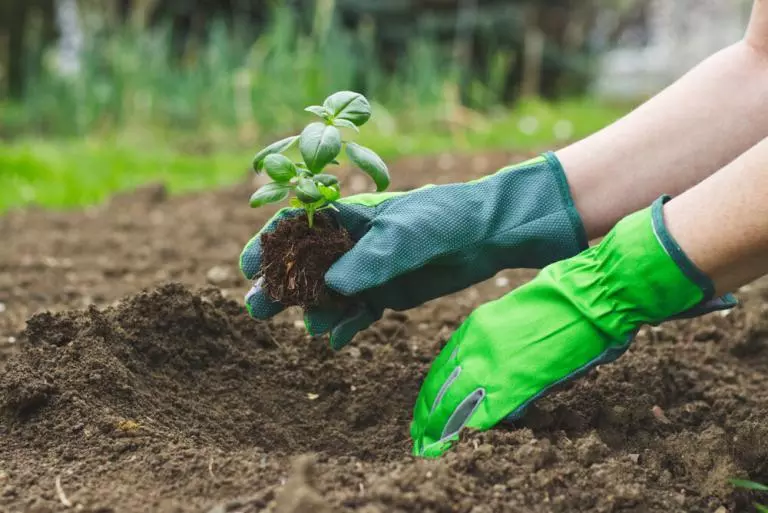
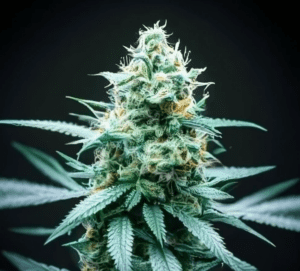
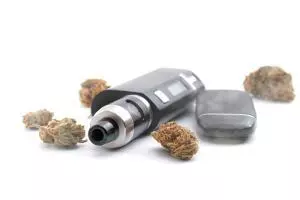
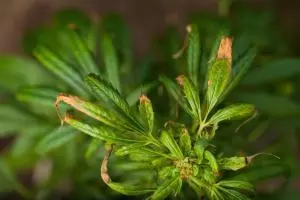
This Post Has One Comment
Pingback: Enhancing Cannabis Terpene Profiles Through Companion Planting - CBD Headline News